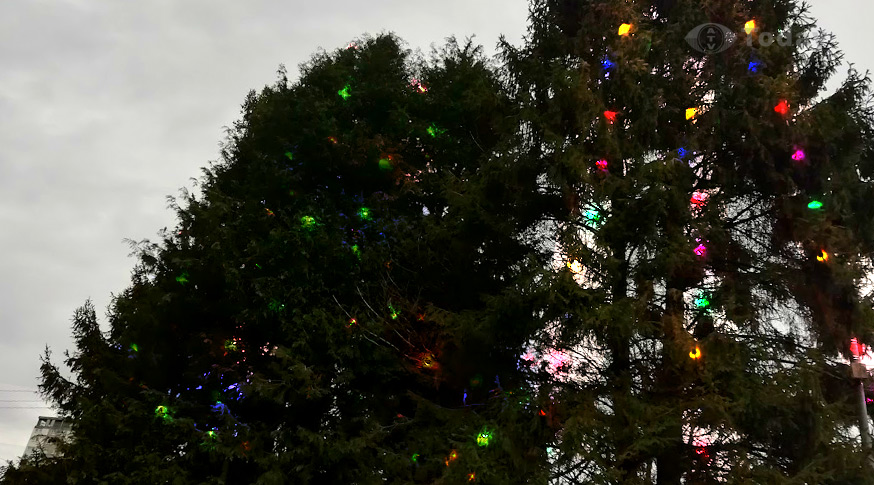Top 10 UK Areas at Risk of Tree Falls & Predicted Temperatures…
As the UK braces for freezing conditions this January, households are being warned about the heightened risk of falling trees. Frozen ground and gusty winds combine to create conditions where trees are more likely to topple, posing a serious danger to homes, vehicles, and public safety.
Experts at Ashridge Trees, one of the UK’s leading authorities on tree care, have identified the 10 areas most at risk due to their weather exposure and tree density. These areas are expected to experience severe cold temperatures, further increasing the likelihood of tree instability.
Ten UK Areas at Risk
- Kent – Predicted temperatures as low as -3°C. Freezing conditions in rural and wooded areas pose a risk to aging oak trees.
- Devon – A chilly -2°C expected across the county. Rural lanes and frozen, waterlogged soil make trees here particularly vulnerable.
- Surrey – Temperatures dropping to -4°C. Urban areas with mature trees face high risks, especially with the combined factors of wind and frost.
- Norfolk – With forecasts of -5°C, coastal winds and freezing temperatures make trees here very unstable.
- Cumbria – Cold temperatures around -3°C are predicted. Snow-covered and frozen soil in forested zones increase the risk of trees uprooting.
- Cornwall – Forecasts of -2°C on coastal areas. Trees in exposed areas are especially prone to falling due to high winds and frozen ground.
- Hampshire – Low temperatures of -4°C will cause suburban trees to be more prone to toppling, especially those with limited root systems.
- Greater London – London is expected to experience -3°C temperatures. Urban trees in parks and streets could face an increased risk due to the harsh conditions.
- West Yorkshire – A predicted -3°C with rural and roadside trees facing risks from icy weather and high winds.
- Gloucestershire – Expected -2°C temperatures. The region’s historic woodlands are threatened by frozen roots and gusty winds.
Why Are Trees Falling in Frozen Weather?
Ashridge Trees explains that cold weather significantly impacts a tree’s stability:
- Frozen Soil: “When the ground is frozen solid, tree roots lose their ability to anchor effectively, making trees more susceptible to falling,”
- Wind Stress: High winds put additional pressure on trees, especially those with weakened roots.
- Snow and Ice: Heavy snow or ice on branches adds weight, increasing the likelihood of breakages.
How to Check Your Trees for Risks
Ashridge Trees advises homeowners to take the following steps to protect their properties:
- Inspect Trees Regularly: Look for visible signs of damage, such as cracks in trunks, leaning trees, or dead branches.
- Check the Ground: Uneven soil or exposed roots could indicate instability, even if the ground is frozen.
- Prune Problem Branches: Remove overhanging or dead branches to reduce the risk of breakage.
- Reduce Wind Resistance: Strategic pruning can help trees withstand strong winds.
- Stay Clear of Risky Areas: Avoid parking vehicles or placing equipment near trees that could fall.
“A tree that stands tall in summer can become a hazard in winter if it isn’t well-maintained, frozen ground and harsh weather can expose weaknesses, but regular inspections and pruning can significantly reduce the risks.” – A spokesperson for Ashridge Trees











